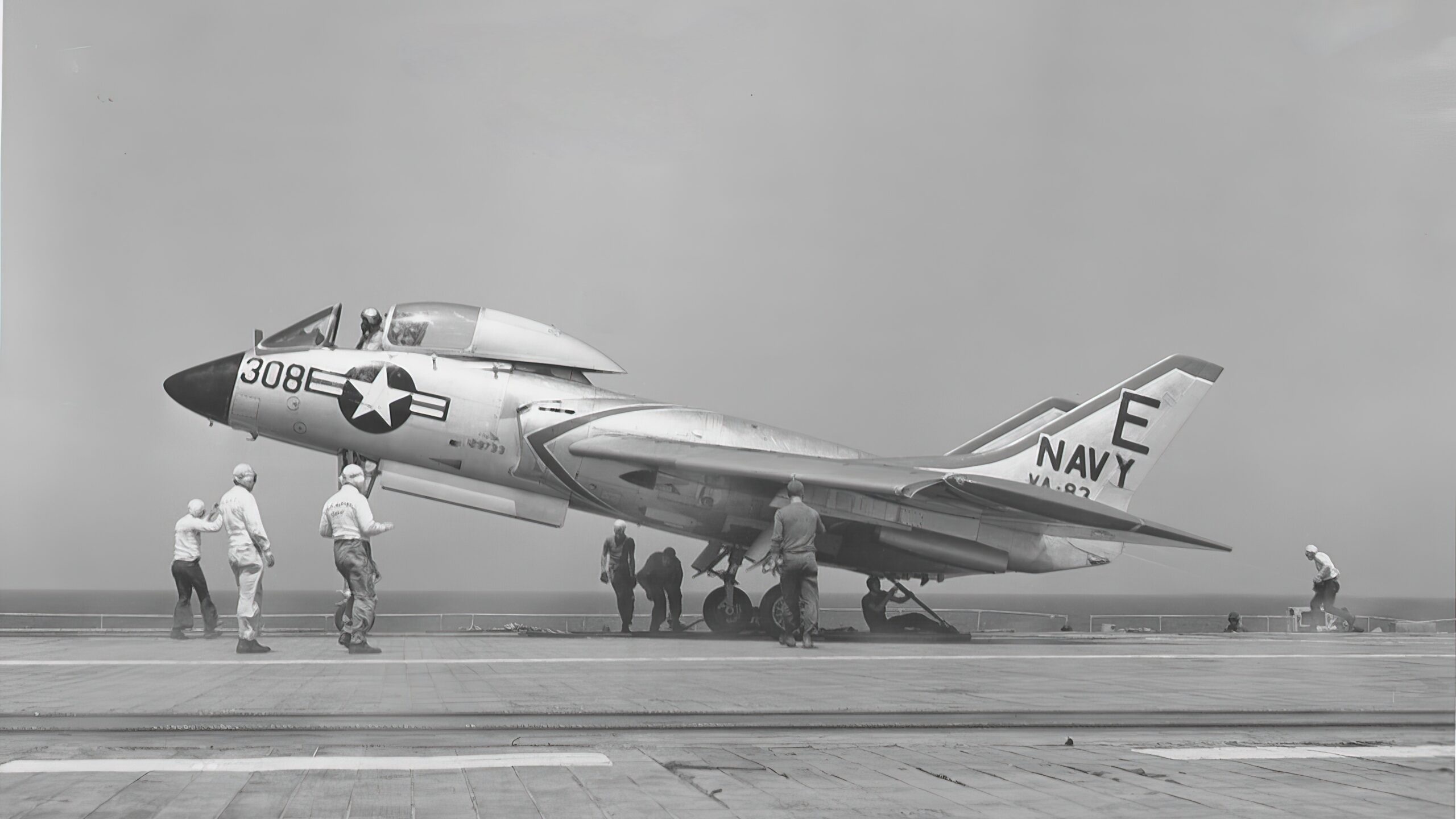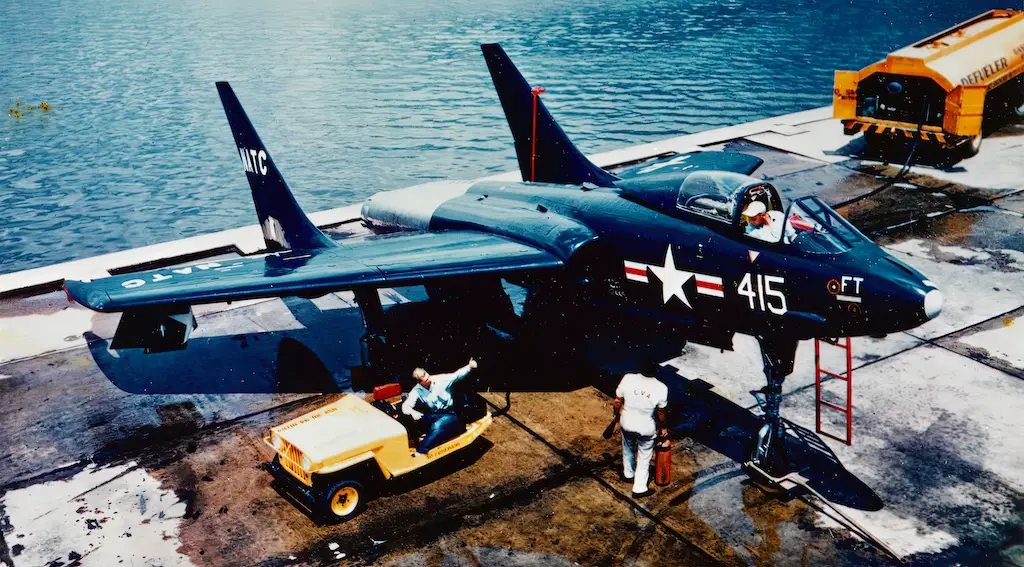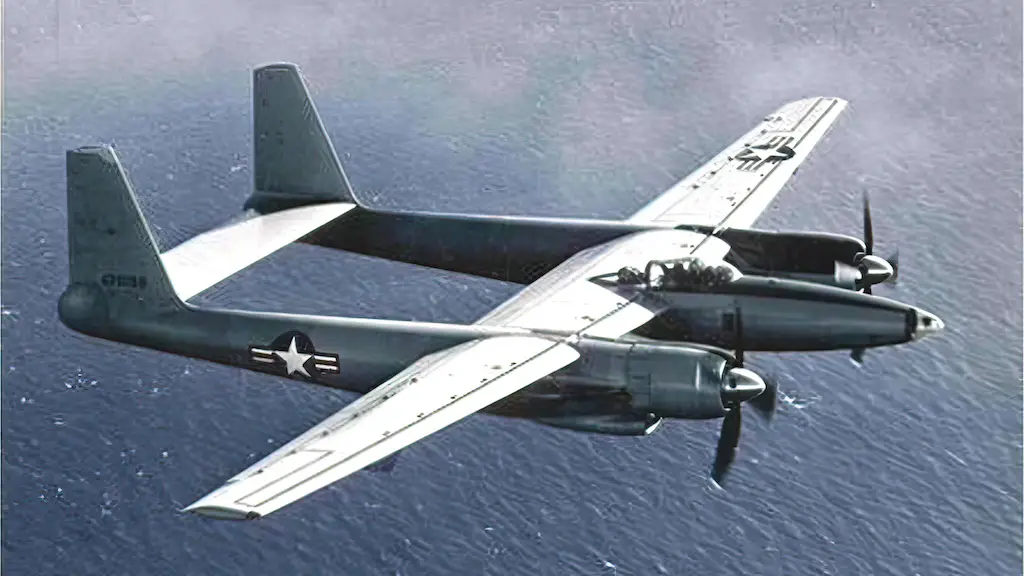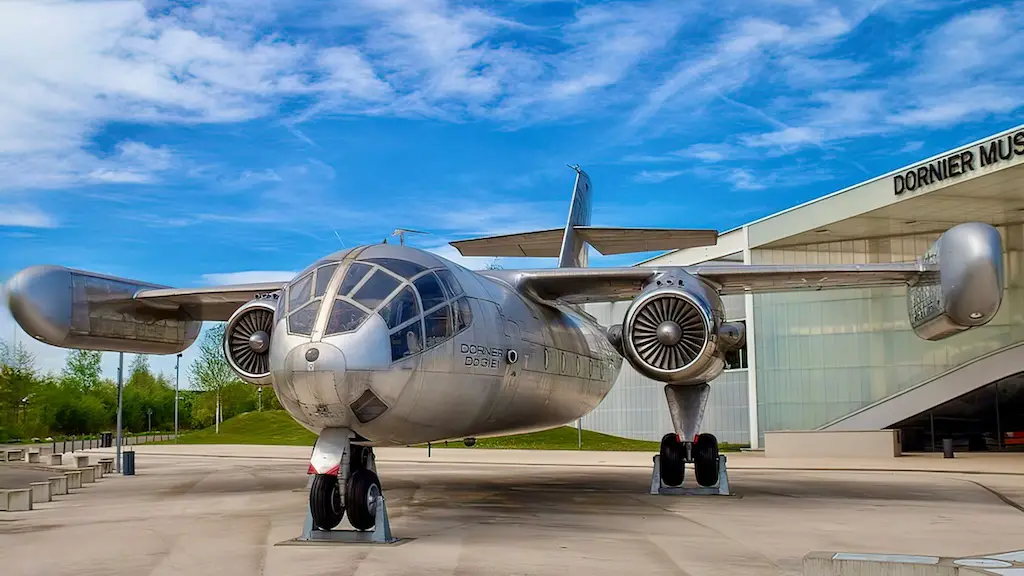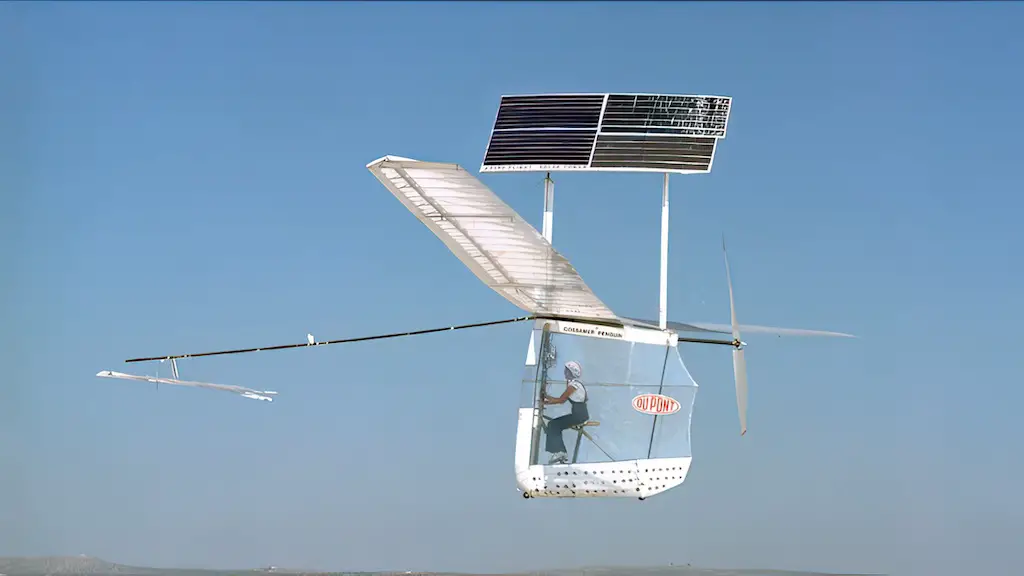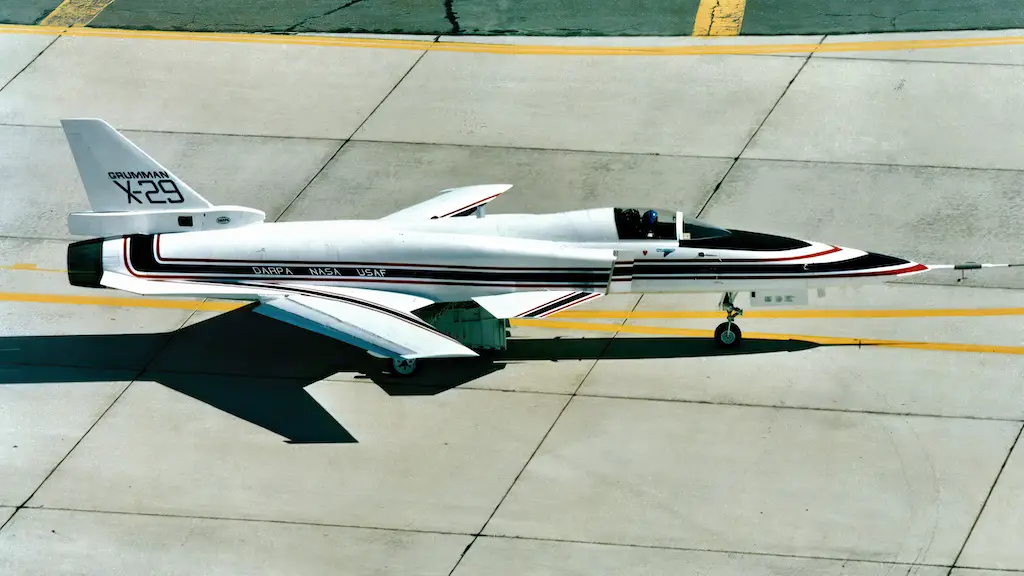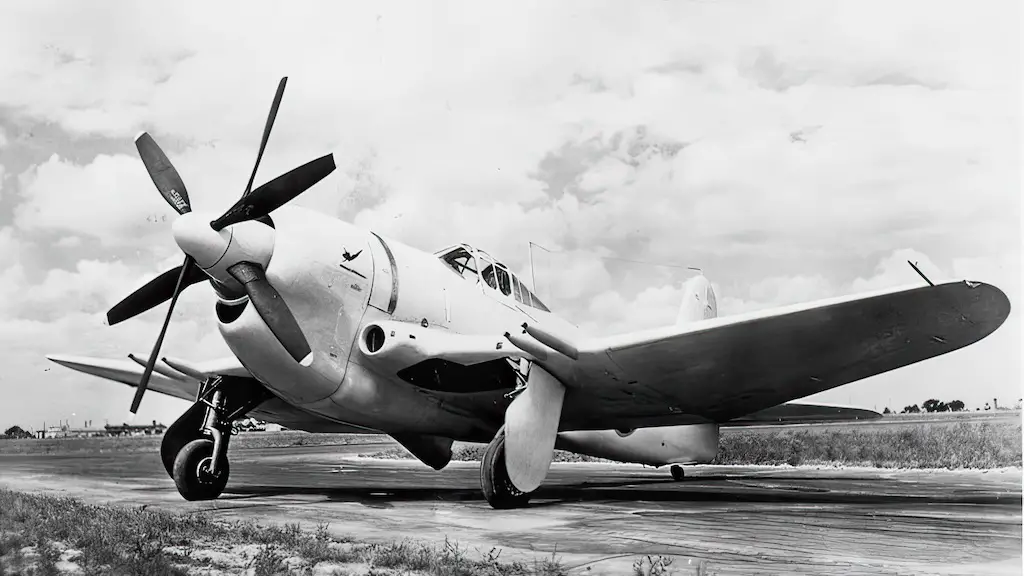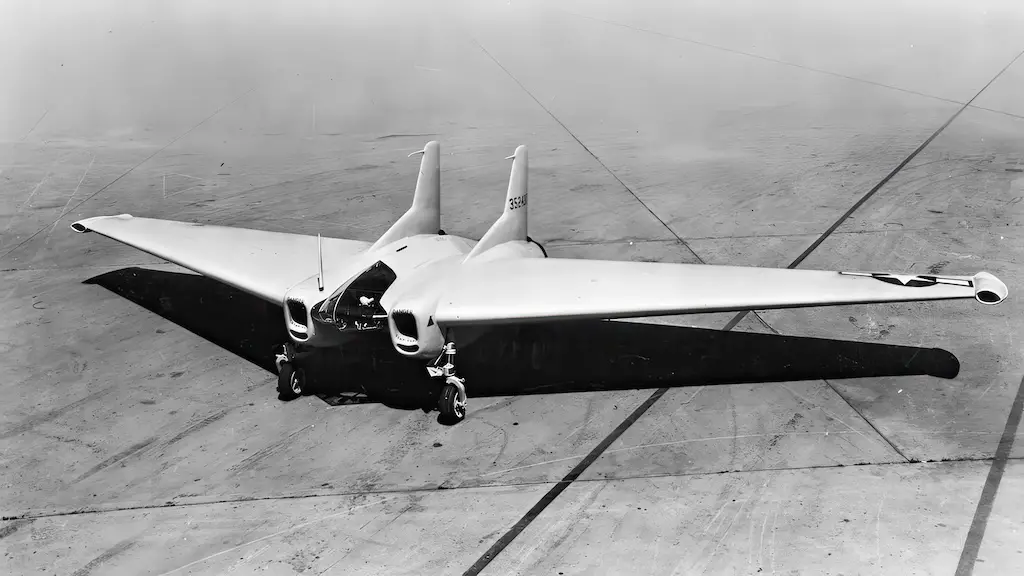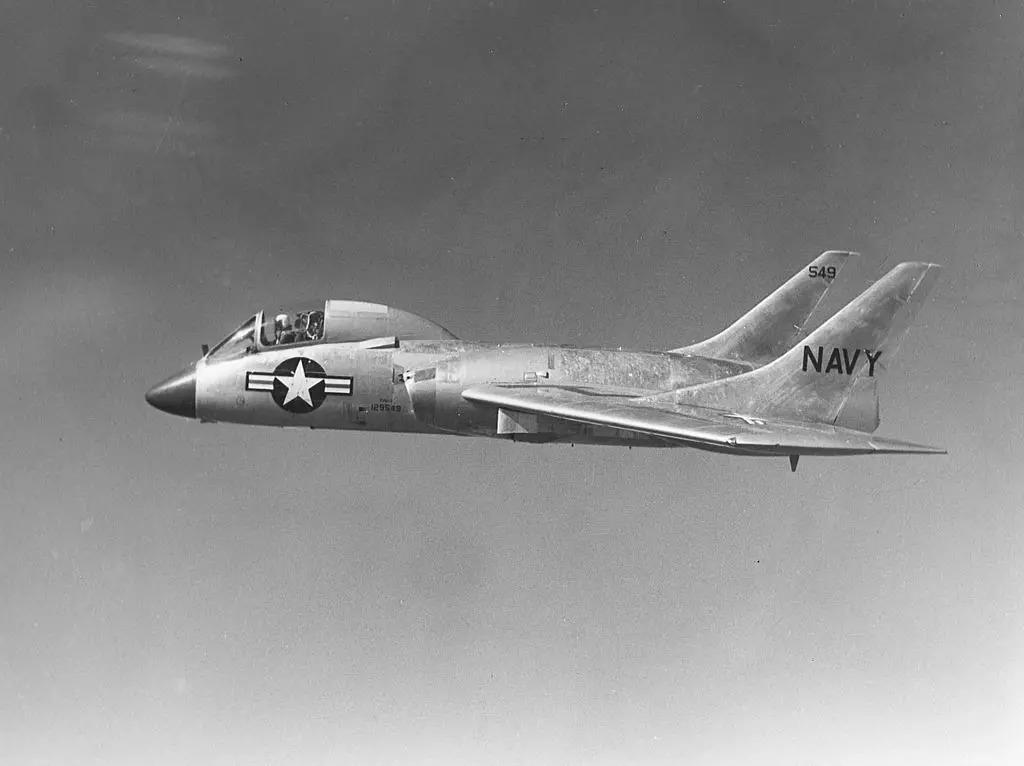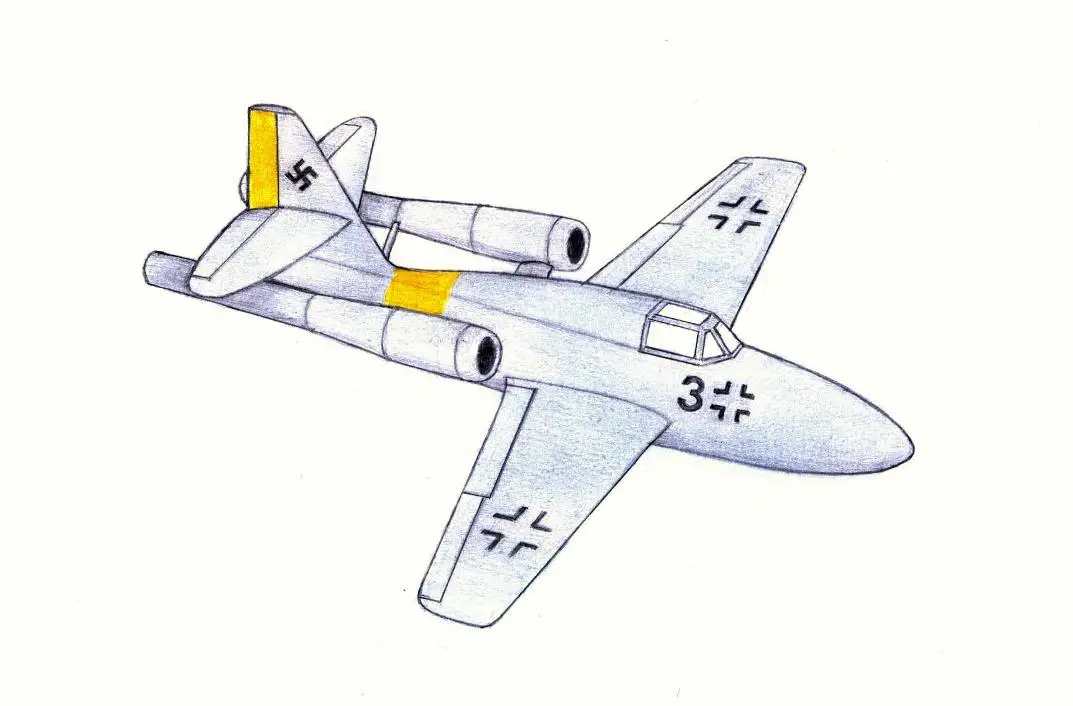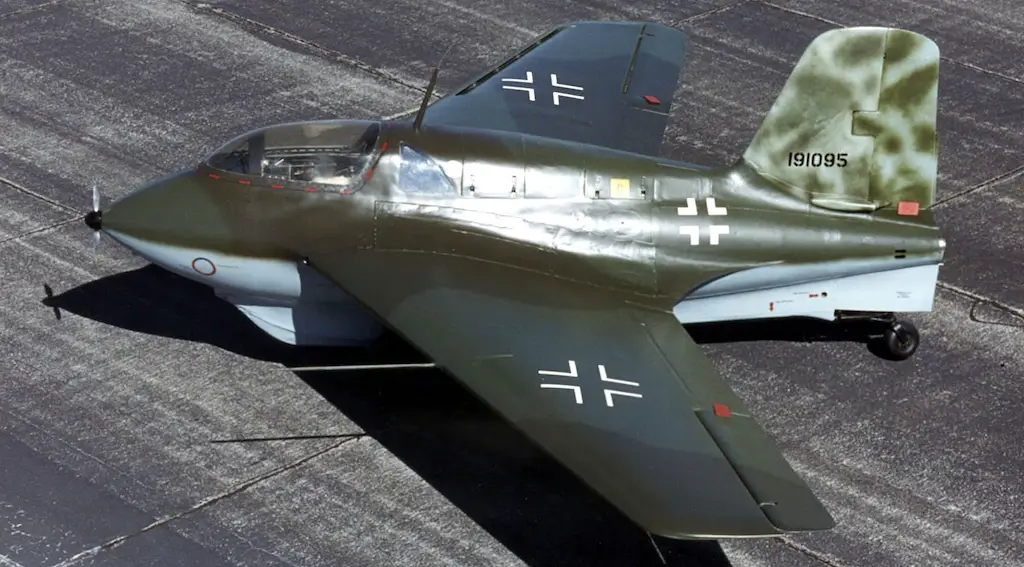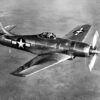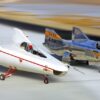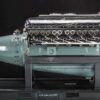A silhouette that would fit in a Star Wars-style sci-fi movie. The Vought F7U Cutlass had astonishingly futuristic features for an aircraft designed in late 1940s. Even more surprising is that the F7U wasn’t just a prototype it was a mass-produced aircraft that spent several years in the US Navy service. However it proved to be very problematic with its never ending teething problems for Pilots, ground crews, and Commanding Officers.
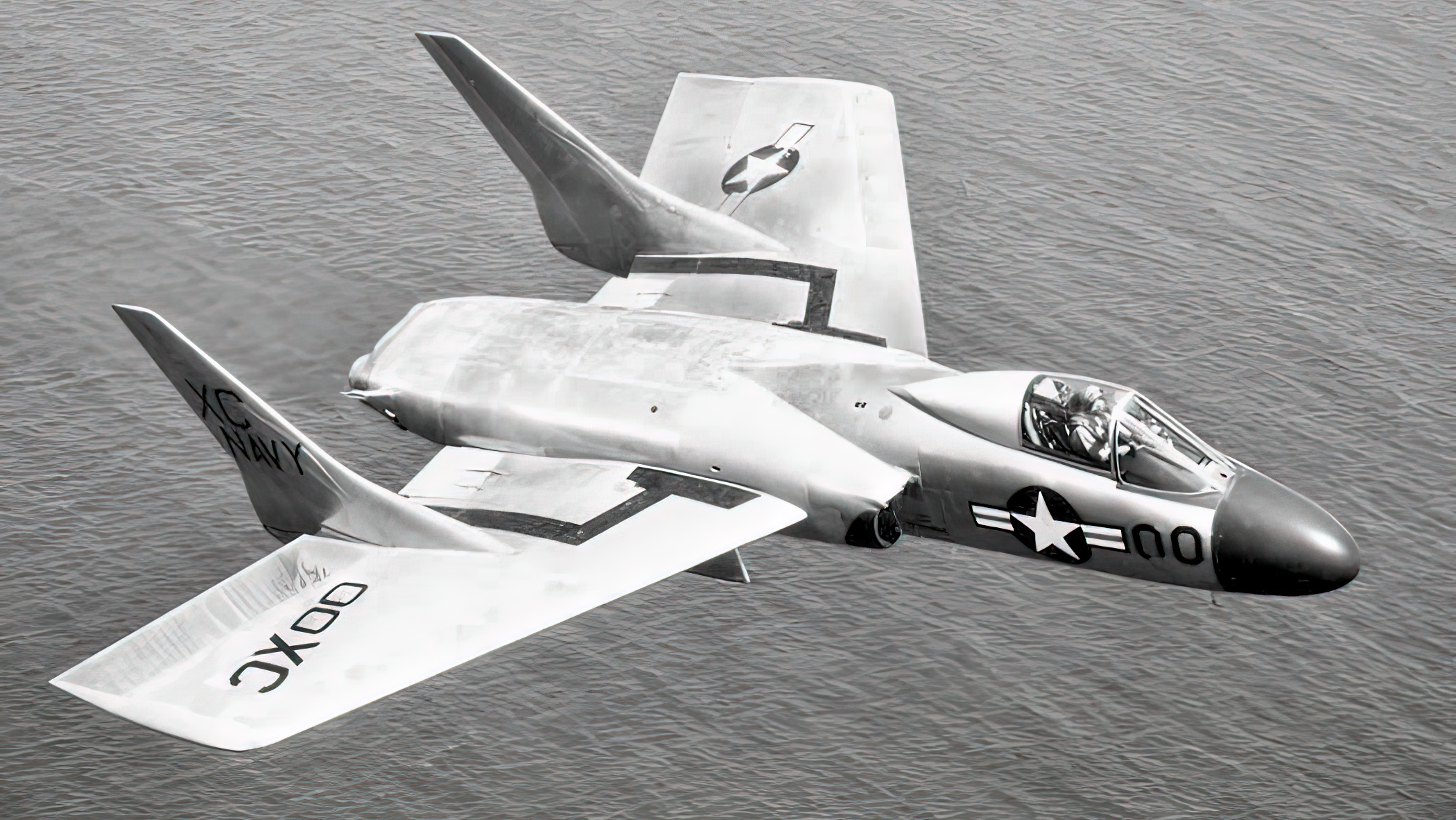
A tailless breed with German pedigree
The F7U was designed by Vought’s Rex Beisel, but among its creators was also Woldemar Voigt, formerly a senior designer at Messerschmidt, where he had worked on projects like Me 328, Me 163 Komet, Me P.1110 and Me P.1112. In the US Voigt went on to work on his ideas of a swept-wing jet fighter, developing the F7U. The F7U also benefited from research conducted by the German aircraft manufacturer Arado during WWII.
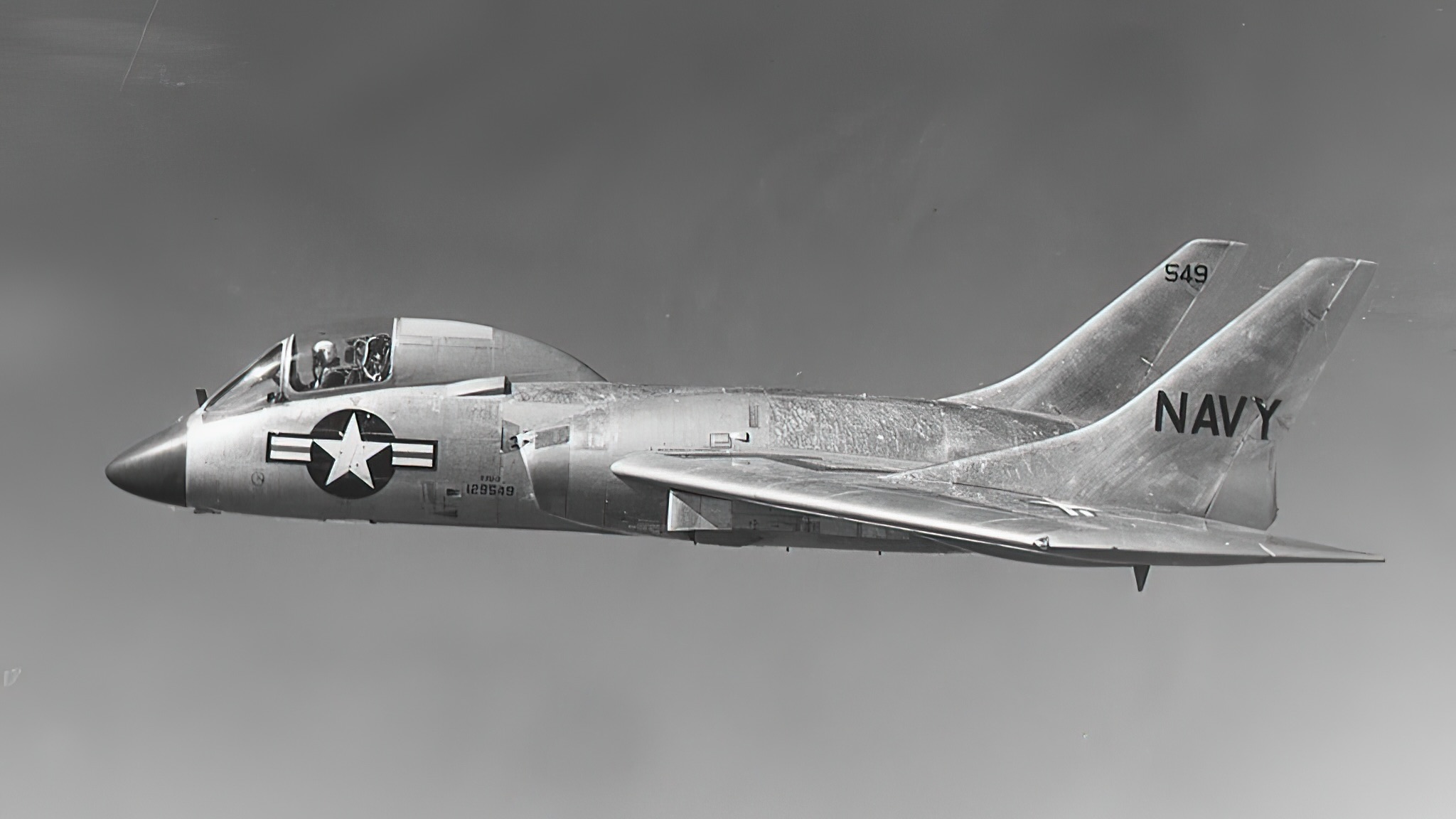
The Cutlass utilized lots of innovations, tailless airframe being one of them. Others included a fully steerable nose gear, and all-hydraulic flight controls that featured an “artificial feel” providing feedback from control surfaces to the pilot.
Problems begin
The first F7U prototype flew in 1948 and all three first prototypes were lost in crashes. One prototype went up in flames spectacularly in front of an airshow crowd on July 7, 1950. The Vought test pilot managed to eject safely, but not everyone was that lucky with the Cutlass. Following crashes of several prototypes improvements were made, but even the production version, F7U-3, supplied to the Navy had a number of serious flaws.
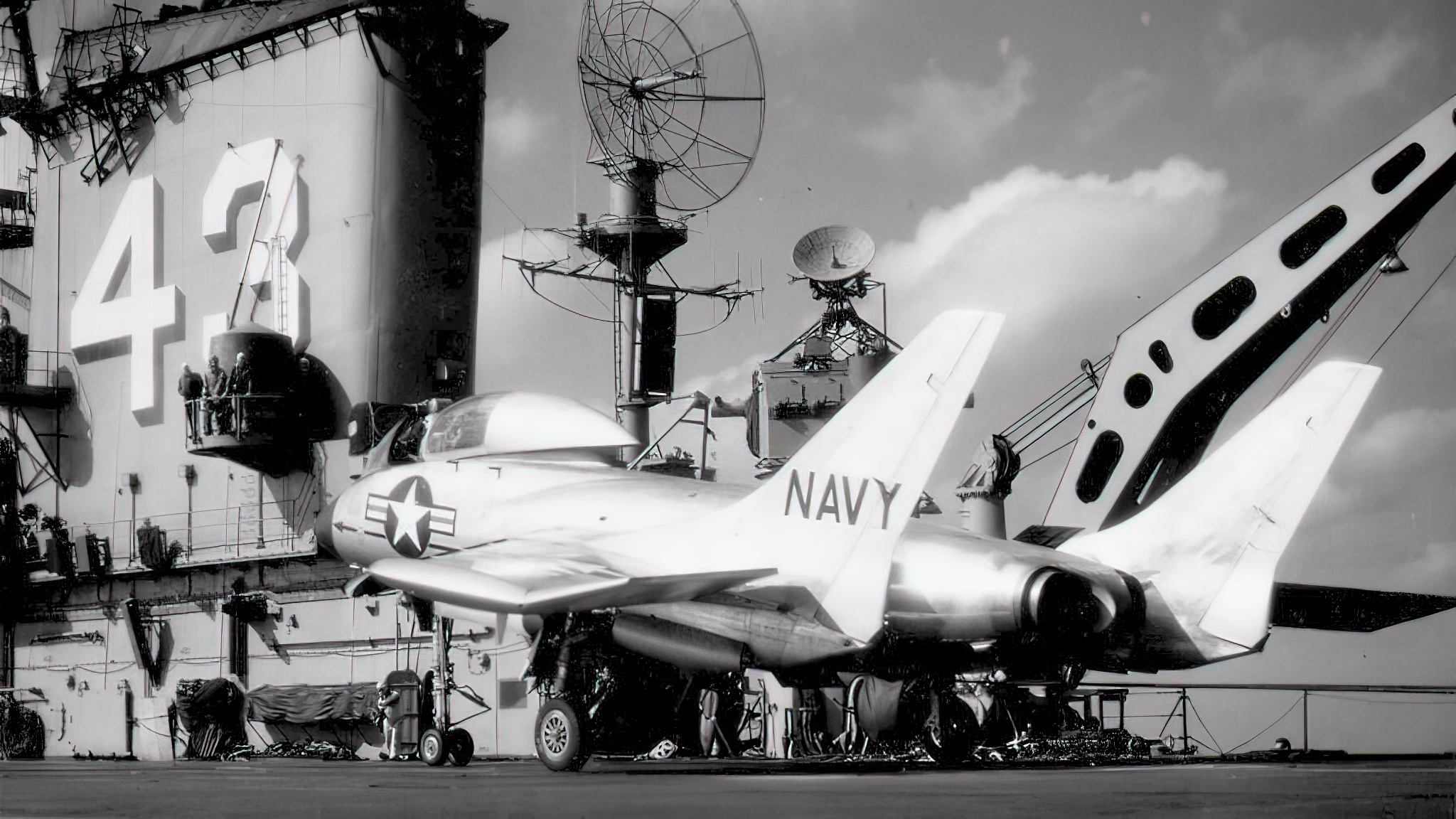
To begin with, all versions of the aircraft with different engines remained significantly underpowered. The nose gear had a tendency to collapse during carrier landings, the hydraulic system would often leak and lose pressure. Inflight engine fires weren’t rare either.
Problems persist
Accidents and incidents were not left behind in the testing stage and remained a grimly routine even after the Navy squadrons started receiving the Cutlass in April 1954. Among the first deadly accidents with Cutlass was the crash of Lt. J.W. Hood’s aircraft during a demonstration flight at the christening of the USS Forrestal on December 11, 1954. This was due to a malfunction of the wing-locking mechanism. The Cutlass was also flown for a short period — again, not without dangerous incidents — by some pilots of the Blue Angels flight demonstration squadron.
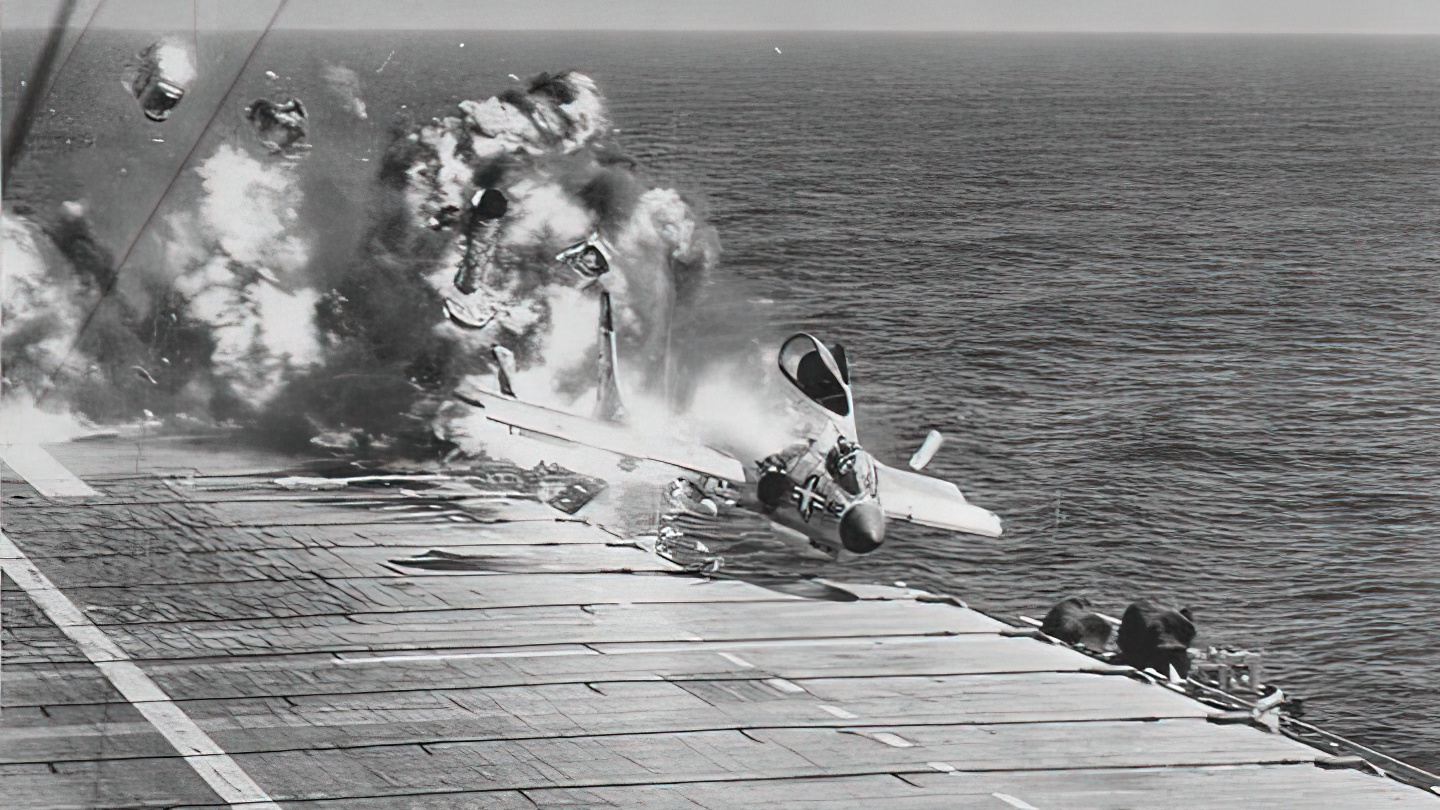
About a quarter of all manufactured airframes were lost in 78 accidents involving F7U — a staggering rate for a jet that never really saw combat. Many of those were very dramatic crashes with balls of fire on the flight deck, killed pilots and injured deck crew.
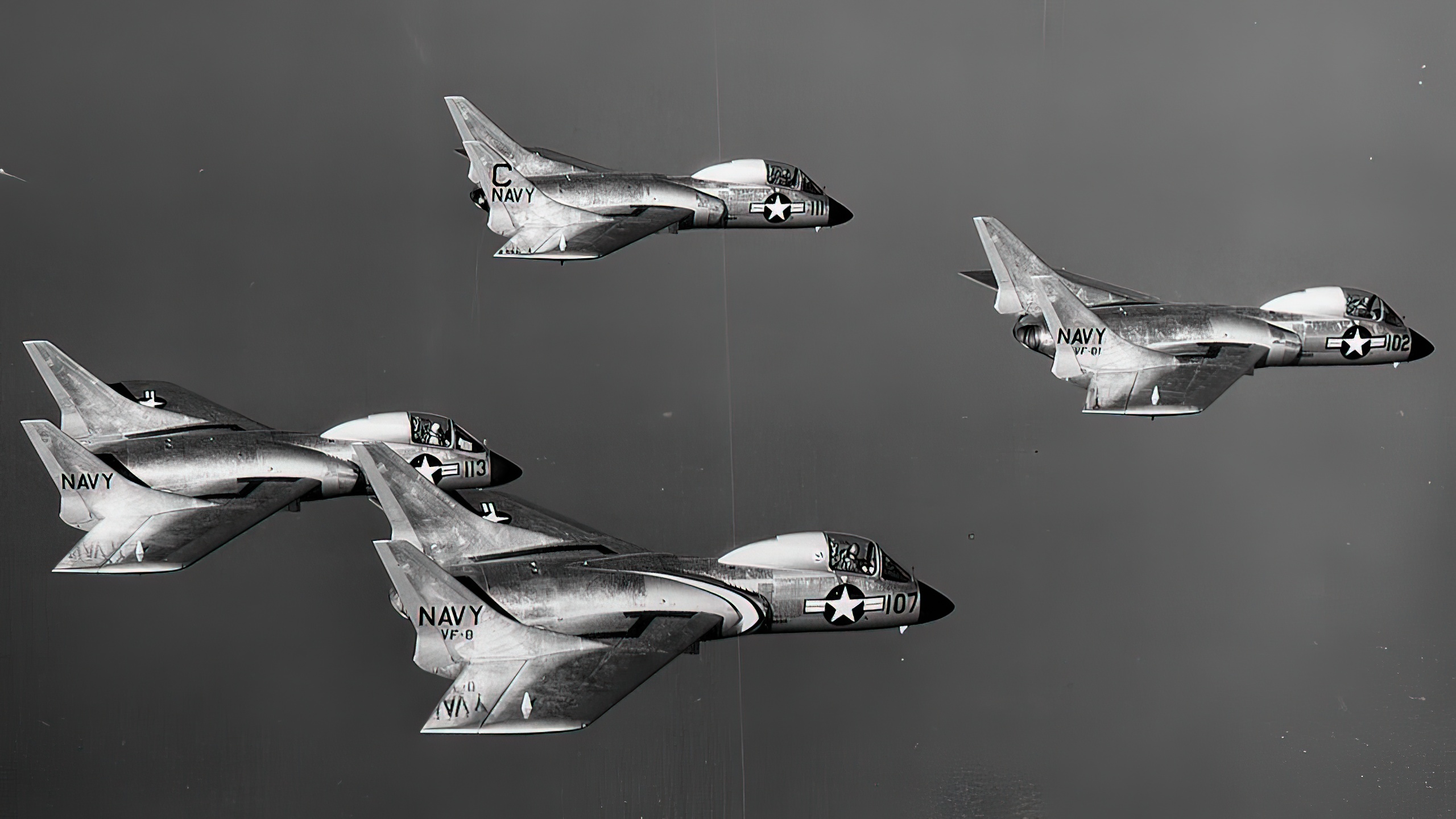
Some survivors simply quit, refusing to get into the Cutlasses cockpit ever again. Captains of two different aircraft carriers — Hancock and Ticonderoga — ordered all Cutlasses off their respective ships after deadly accidents. To cut it short, there was no love lost between the Navy and the Cutlass.
Problems end
Eventually, the aircraft that had earned itself a number of not very complimentary nicknames, such as gutless Cutlass, was retired in early 1958 after less than five years of active service. The production run had been over by late 1955.
